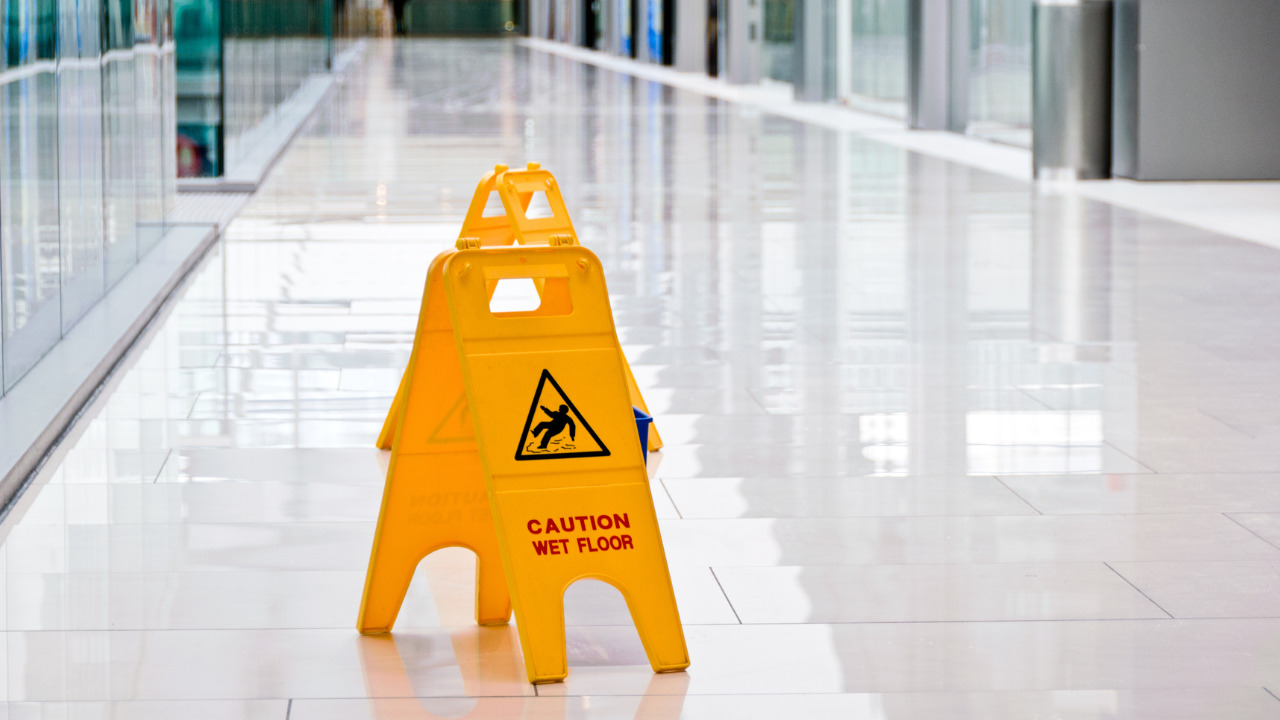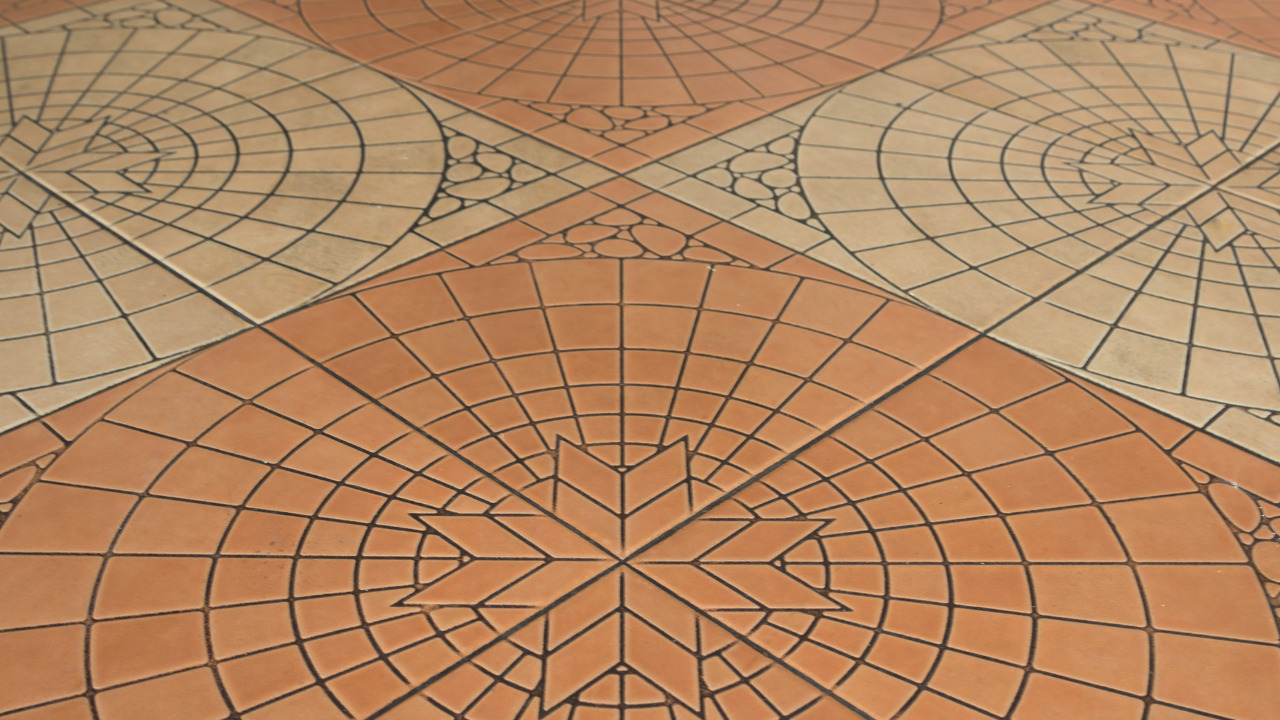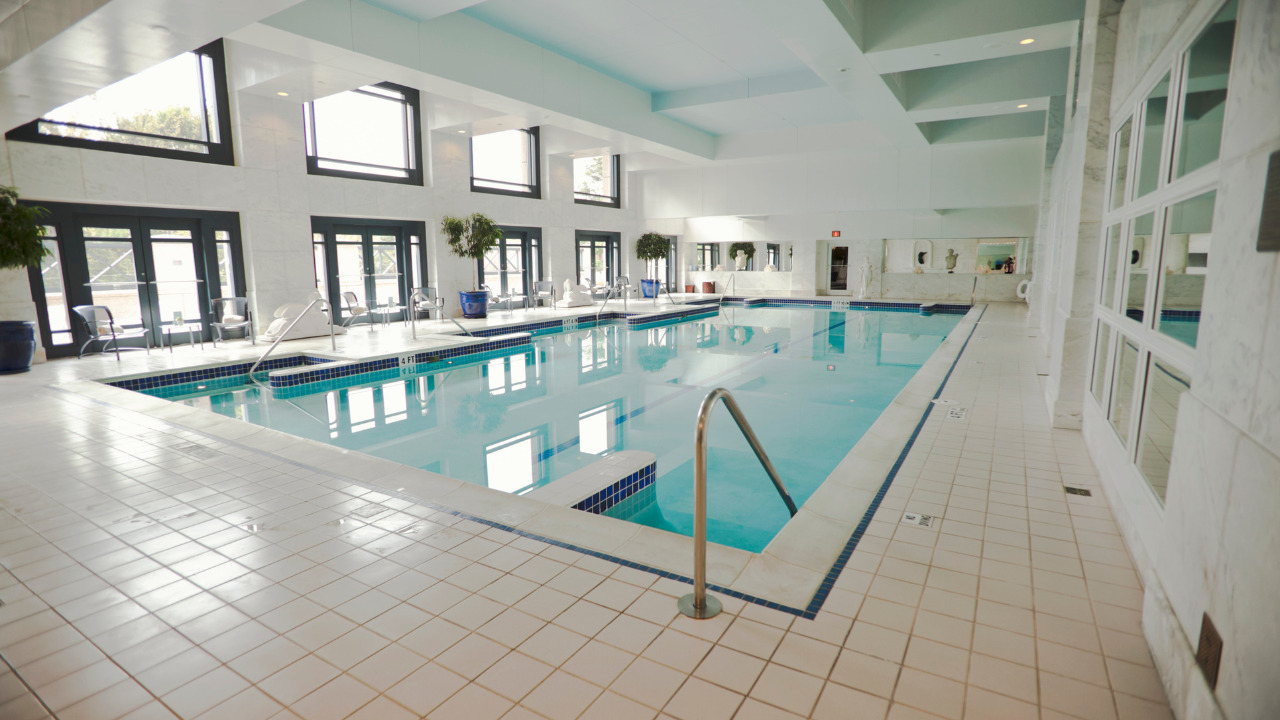It’s not always the case that anything is slippery because it’s shiny. There isn’t much difference between shiny porcelain and polished ceramic regarding slipperiness. When you initially start looking for tiles, your immediate attention will probably be on the color schemes and designs you want to include in your home.
However, choose which tile finish will work best for you. Regardless of the finish, water on the floor can make the tile more slippery. However, you should be aware that most floor tiles might be slipped on if your feet or boots touch them at an incorrect angle or speed.
Table of Contents
What Is The Difference Between Glossy And Matt Tiles?
Before focusing on the advantages of these two tile finishes, it’s important to understand what they are and how they differ, as this will significantly impact your final decision.
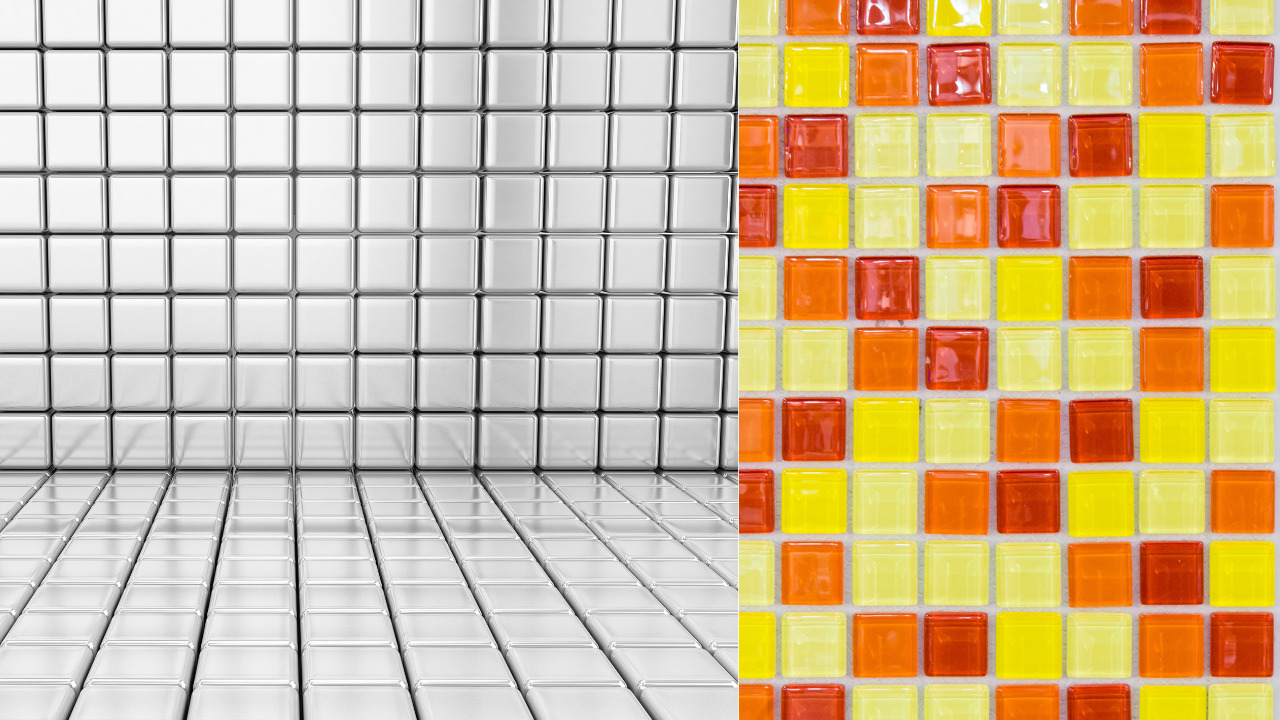
Glossy tiles have a brighter, more polished, and lustrous finish that helps to reflect light off the surface, as the name implies. Matt tiles are less smooth than glossy tiles, resulting in a slightly duller appearance that does not reflect light.
These finishes have distinct aesthetic characteristics. Gloss and matt tiles are made using the same materials and go through the same production process, ensuring they are functional and long-lasting.
How To Avoid Tile’s Slipperiness?
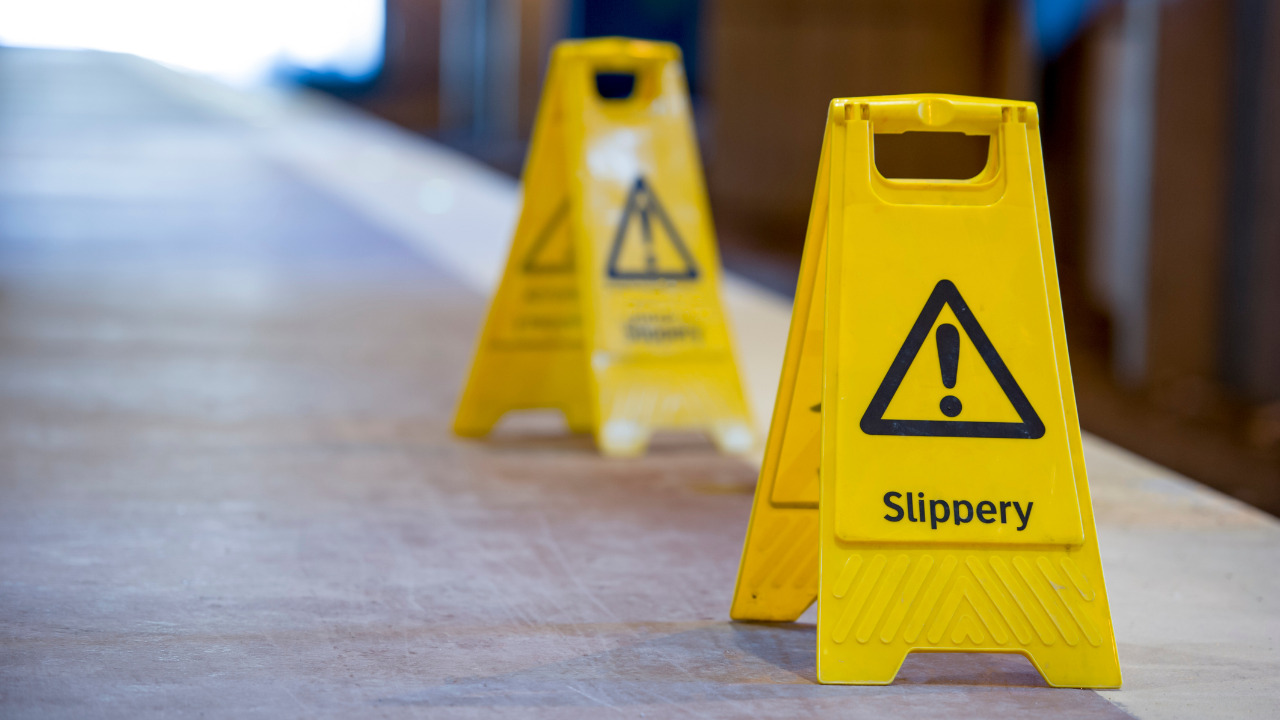
Only a particular ‘non-slip’ tile with an anti-slip grade can avoid slipping. On the other hand, tiles having an R grade are likely to be slightly more expensive than those without. Because of their rough texture, some customers say they’re difficult to clean.
Because of the number of water spills in bathrooms, customers are especially cautious about putting on shining floor tiles. Most of us have a bath mat to keep us from slipping.
Use Shiny Tiles Sealers
Standardized sealers are the kind of sealants you’ll generally discover in big-box or DIY home improvement stores. The active substances used in those are typically used in lower concentrations. Because of this, they can create these sealers for a very low price, but obviously, this comes at the expense of their longevity and performance.
Standardized sealants serve only as a fast shine for porous, unglazed tile. Delamination from a low-solid sealer that wasn’t made for porcelain or ceramic tiles will happen extremely quickly. It indicates that it will lift and peel within a few weeks, or at most a few months.
Moisture sensitivity and delamination will appear when you clean with any water-based solution. Even while most standardized products dry in just 20 or 30 minutes, that is not enough time for the sealer to adhere to ceramic or porcelain tiles.
Porcelain tiles Are More Slippery Than Ceramics.
Porcelain tiles are a subset of ceramic tiles that are denser, stronger, and have a nicer appearance. Wall tiles on the floor are prone to cracking, and some are slick when wet, posing a safety risk. Remember that polished porcelain is extremely slippery when wet, making it unsuitable for use in a kitchen or laundry room. It IS scratchable.
It can also be cracked or chipped, especially on the edges, so sliding items across it should be done cautiously.
Glossy Tiles Are More Slippery Than Matt
If you use glossy tiles, you risk them becoming slippery. Glossy tiles are in high demand because their surface reflects light in the surrounding region. When water or oil is spilled over glossy tiles, they become more slippery.
Polished porcelain or glossy ceramic floor tiles will reflect light and give the area a premium atmosphere. Shiny floor tiles will look wonderful and should not give you any problems if you apply common sense when installing them in your home.
When wet, polished porcelain becomes extremely slippery, making it unsuitable for kitchens or laundries. Of course, scratches are possible. It can also crack or rupture, especially if opened on the edge, so use caution.
Which Tiles Are Suitable For Wet Areas?
When wet, the ceramic tiles were incredibly lustrous and slick. Ceramic floor tiles can now be purchased non-slip, albeit not completely. Most ceramic and porcelain tiles don’t need to be sealed, but some require a penetrating sealer coating to cover the micropores on the tile surface before grouting.
However, all unglazed tiles must be sealed, including hard porcelain. Most glazed porcelain stoneware is visible when tiled. Porcelain has a slower absorption rate than ceramic because it is denser.
Frequently Asked Questions
What do you call slippery floor tiles?
Because a glossy glaze is used to create the finish rather than a polishing wheel, it differs from polished finishes. A glaze is a layer of glass-like material applied to the tile’s surface to seal and protect any printed designs, making the surface non-absorbent and simpler to clean.
Is it hard to clean shiny floor tiles?
Not in all cases! Glossy tiles have the significant benefit of being simple to clean. To clean up spills, smudges, and other marks and wipe them dry, you only need a soft cloth, warm water, and a light liquid detergent. They are ideal for giving your kitchen a posh, contemporary, high-end look.
How to make your glossy tiles shiny?
Using a microfiber dusting pad and mop, dry clean the floors. Clean up spills right away. Every week, deep clean your hardwood floors with a hoover made for them or a microfiber spray mop and cleaner—Polish wood floors for added protection and luster every two to four months.
Final Thoughts
It would be a shame to avoid installing gleaming floor tiles in your home due to fears of slipping. Polished glossy ceramic tiles will reflect light and give the room a rich look. In terms of slipperiness, there will be no difference between polished porcelain and glossy ceramic tile.
Shiny floor tiles will look fantastic if you employ common sense when installing them. When wet, ceramic tiles used to be exceedingly glossy and slick. Ceramic floor tiles are now available that are at least slip-resistant, if not completely non-slip.
Whether you choose a modern appearance with grey tiles with a polished stone-effect finish or a softer classic look with polished wood-look tiles, the final result will be a bright and luxurious room.



